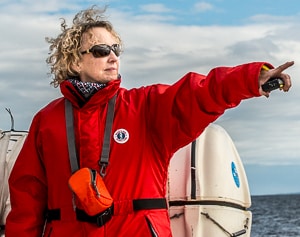Visiting the Sacred Valley of Peru
The Sacred Valley of Peru, nestled high in the Andes, offers a breathtaking tapestry of history, natural beauty, and spiritual enlightenment.
The Sacred Valley of Peru, nestled high in the Andes, offers a breathtaking tapestry of history, natural beauty, and spiritual enlightenment.
Some walls of the Inca fortress of Sacsayhuaman are all that remain after the Spanish carried off most of the fortress to build their homes and churches in Cusco.
 Get our travel tips!
Get our travel tips!